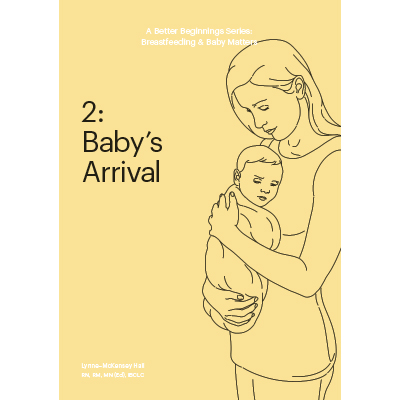
The arrival of your new baby is an exciting and joyous event but it often comes with many people offering advice about breastfeeding.
This advice, often well-meaning, sometimes perpetuates myths that can overwhelm and undermine a new mother’s confidence as she learns to trust her instincts and learn her baby’s cues to feed and settle.
The two biggest myths that often influence a mother’s decision to give up breastfeeding are first, that breastfeeding hurts and second, that she doesn’t have enough milk for her baby.
Friends of a new mother will often reinforce the first myth by telling her that their nipples “hurt for weeks and so will yours”. The reality is that breastfeeding shouldn’t hurt. The saying “no pain, no gain” should definitely not apply to breastfeeding. Initially, mothers will feel a stretching or tugging feeling as the nipples adapt to their new role of delivering milk. Any sharp pain, pinching or stinging means the baby is incorrectly attached or poorly positioned at the breast.
Naturally, anomalies with baby or mother need to be addressed with appropriate interventions. It’s really important that any concern a mother has regarding her pain is addressed and relieved and not dismissed with the suggestion that her nipples “need to be toughened up”. Often simply refining the attachment is enough to make breastfeeding comfortable and enjoyable. It is worthwhile implementing any further interventions under the guidance of an IBCLC.
Breast milk is the perfect food for babies and breastfeeding increases their security and comfort. Breast milk is a high GI food so babies need to feed frequently to meet their physiological needs while establishing milk supply. In the early days and weeks, babies may feed up to twelve or more times in a 24-hour period as they regulate their feeding pattern. This frequent feeding is often misinterpreted by onlookers as an indication that the mother doesn’t have enough milk and the baby needs formula ’top-ups’. There are also books, websites and sleep trainers adding to this myth by suggesting timed feeds and sleep schedules – all further undermining a mother’s confidence about her milk supply.
While I understand there are always exceptions to everything, I believe there are solutions and strategies available for mothers to assist with painful breastfeeding and issues with milk supply. Talking with an IBCLC for this kind of support is an invaluable move for a new mother. Seeking help early, before breastfeeding pain creates bigger issues, is important. No one would walk on a broken leg for six weeks without treatment, so why should a mother continue to breastfeed with damaged, and often bleeding nipples for any time – let alone six weeks?
Myths about insufficient milk supply can be dismissed with a very simple understanding. When babies are very young, they breastfeed frequently throughout the day and night. As they grow older, night feeds reduce in number. Adults eat and drink frequently throughout the day, often drinking water overnight without restrictions. Why would we restrict a baby’s food intake with no science to support the myths?
Lynne-McKensey Hall
Lynne-McKensey Hall has over thirty years’ experience in nursing, midwifery, nurse education and lactation management. She now works as an IBCLC in her private practice Better Beginnings in Sydney, Australia. Lynne has just released Breastfeeding & Baby Matters, a series of eight booklets available from Better Beginnings. She is also available for phone 0419 245 966 and Skype consultations. To see all of Lynne’s articles, click here.













